What’s the worst food for weight gain? Sugary fruit! Surprising new studies show high-fructose fruits are top culprits in weight gain. Due to a genetic mutation 40,000 years ago, the fructose you eat goes immediately to fat. To lose weight, skip these high-sugar fruits: Bananas, Grapes, Pineapples, Mangos, Oranges, Dried fruits, Raisins, Dates, Melons, Peaches, Sweet apples and juices.
Instead eat tart low-sugar fruits: raspberries, grapefruit, lemons, limes, strawberries, and tart apples like Granny Smith, Fuji, and Pink Lady, which are lower in fructose sugar. We think of fruit as healthy, and it is true that fresh fruits are high in vitamins, minerals, and living energy. It seems counter-intuitive, but there’s a huge trade-off in eating sugars and carbs. When you simply eliminate these particular sweet fruits, your pounds will fall off more easily.
Fructose has been getting a bad rap lately.
Dr. Mercola calls it a “poison”, Dr. Robert Lustig says it’s a “liver toxin”, and Dr. Oz. calls it a “hidden sugar”. We love a sweet flavors. And the food industry knows this, so they create irresistible snacks by adding more fructose – think high-fructose corn syrup, dates, raisins, agave, maple, coconut sugar, fruit juice concentrate, and corn sugar.
Fruits to Avoid vs. Fruits to Enjoy
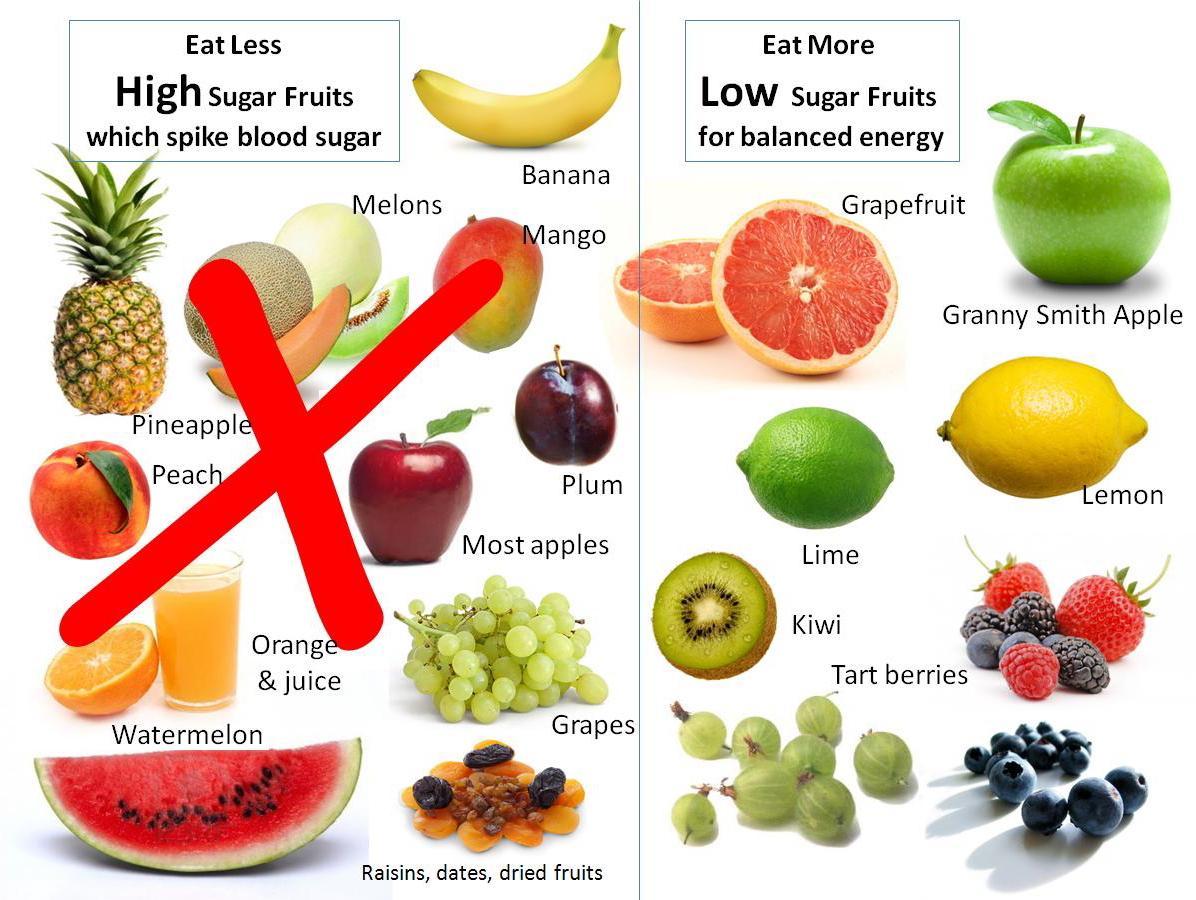
What is Fructose?
Fructose is the natural sugar found in fruit. Sounds innocent, right? The problem is that fructose is notorious for causing weight gain. How does it do that? Fructose doesn’t go into the blood stream immediately like other sugars. It won’t give you a glycemic rush (that would be glucose). Instead fructose goes insidiously to the liver for processing (like a toxin), creating lipid (fat) deposits in the liver and other body tissues. And you get fat. Pure fructose is about 70% sweeter than sugar. Fructose can be granulated like table sugar. Or it can be in liquid syrup form such as agave nectar, coconut syrup, honey and high fructose corn syrup (HFCS).
High-fructose corn syrup has also been getting a lot of bad publicity lately. Why is that? Well, fructose has a lower glycemic index than sugar. Sounds good, right? Food manufacturers capitalize on the “low glycemic” index of their products. But glycemic index measures only glucose, not fructose. The only way to understand the true sugar content in a product is to avoid the hype, and look at the total sugar content on the nutrition label, which gives you the total of ALL sugars including glucose and fructose. The body can only metabolize small amounts of fructose per day: about 20 grams, or 4.5 teaspoons. Since fructose is metabolized in the liver, it is actually a liver toxin. Over-consumption of fructose can cause the metabolism to slow down and create de-novo lipogenesis in the body, or the conversion of sugar into high cholesterol fats. Not good.
Sources of Fructose:
1. Refined fructose, or High Fructose Corn Syrup, is found in many soft drinks, packaged and prepared foods, breakfast cereals, candy, fruit drinks, energy bars, donuts, and even gluten-free sweets.
2. Natural fructose sources are fruit juices, raisins, dates, figs, prunes, grapes, mangos, papayas, apricots, pineapples and bananas. These are the super-sweet fruits to avoid eating. Apple and grape juice sweetened foods are high in fructose. Most people consider fruit juice healthy, however juices are extracted sweetness without the fiber, and they’re loaded with fructose. Fruit juices and soft drinks are are equally high in fructose. As a guideline, go for an upper limit of 20 grams fructose (4 teaspoons) per day. However just one glass of fruit juice has 20 – 30 grams fructose, which is over the daily limit of 20 grams!
The Mutation that Saved Mankind, now Causes Obesity!
How a Genetic Mutation Prevented Starvation.
In the Miocene period about 20 million years ago, there was a cooling of the planet, bringing long winters and terrible cold. Starvation threatened early humans. Many died, and something amazing happened. A mutation occurred that further separated humans from apes. Modern humans have higher serum uric acid levels than apes. A mutation in uricase 20m years agomade ape-man a highly efficient processor of fructose, so that even tiny amounts of fructose could be stored as fat. This allowed people to build fat throughout the summer months, and then use that energy to stay alive during the winter when food was scarce. This propensity to store fat became part of our genetic heritage. Are you reading me clearly?
Fructose, a primary nutrient in fruit, was the staple diet of early primates. But fruit was unavailable during the long winters, so during an ice age, this mutation allowed early man to survive. Fruit was less available during the global cooling, and the ability to store energy as fat saved many lives. However, in today’s society, fructose consumption in sweet fruits, fruit juices, and fructose-sweeteners snacks has skyrocketed. I’m suggesting that these early genetic mutations, combined with our modern diet, are responsible for the obesity epidemic today.
The Venus of Willendorf is an ancient statue depicting a human figure, approximately 30,000 years old. This limestone figure from Austria suggests that early humans considered a corpulent body healthy and life-affirming. The mutation in uric acid levels during this period gave early hominids the ability to store fructose as fat, gaining weight quickly in the summer. This fat storage helped to prevent utter starvation in the long winters. Problem is, in modern times, even when aren’t under risk of starvation, we have a high tendency to gain weight when we eat fructose.
How is this relevant to modern times?
This genetic mutation left humans vulnerable to obesity from even tiny amounts of fructose. And that is still true today. Amazingly, this mutation that may have saved humans from extinction, could be responsible for our tendency to gain weight from fructose, and our current global epidemic of obesity!
What are the Dangers of Fructose?
Fructose in large quantities can cause big health problems. It increases the risk of hypertension (high blood pressure) and type 2 diabetes. It can raise total blood cholesterol levels, LDL “bad” cholesterol levels and triglyceride levels, especially in diabetics. It can cause fatigue, insulin resistance and obesity. It can cause fructose intolerance (DFI), a condition said to be found in nearly one third of the population, meaning they are unable to completely absorb fructose. This, in turn, can cause flatulence, intestinal cramps, bloating, abdominal pain, and diarrhea. Fructose may cause symptoms of irritable bowel syndrome (IBS) and can be an underlying cause of some types of IBS, due to poor absorption of fructose.
In simple words, fructose has a very high level of conversion to fat. When we eat fructose 30% of it is converted to fats! The fats created are low-density lipoproteins, VLDL’s, or the bad cholesterol fats.
What are the fructose levels in some common fruits?
Fructose in Modern Times vs. Paleolithic Times:
The average American adolescent male is said to consume 75 grams of fructose per day – way over the suggest limit of 20 grams! Our Paleo ancestors ate far less fructose than we do today. The delicious fruits that we buy in modern times have been selected and bred over thousands of years to be sweeter and sweeter, since that’s what we love. Paleolithic apples are said to be akin to our tartest crab apples. That’s why the healthiest diet includes tart fruits, but eliminates sweet fruits. Use the charts above to try measuring your fructose consumption for a few weeks, and notice how you feel. It could be a life-changing step into a healthy, balanced metabolism! The graph below shows the change in fructose consumption in recent years.
Frutose Consumption per Capita in the USA, 1961 to 2000, and Obesity Trends.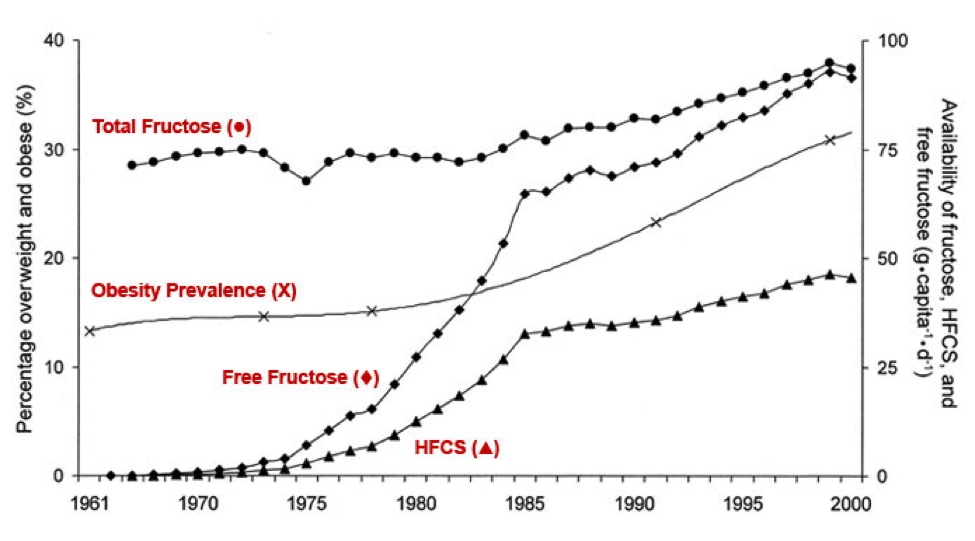
“Fructose is a liver toxin like alcohol. It can promote high cholesterol, insulin resistance, fatty liver deposits, inflammation and can lead to diabetes. Fructose is a metabolic disaster in the human body. It provokes cravings to eat more and more in a vicious cycle of consumption and disease in our society.”
“Fructose, Glucose and all Sugars are Health Hazards. Fructose causes the liver to overwork. Glucose causes insulin levels to spike, leading to insulin resistance, type-2 diabetes and obesity. There are no healthy high sugar foods.” Dr. Robert H. Lustig, MD, author of “The Bitter Truth” Video, Professor of Pediatrics in the Division of Endocrinology at U of C in San Francisco.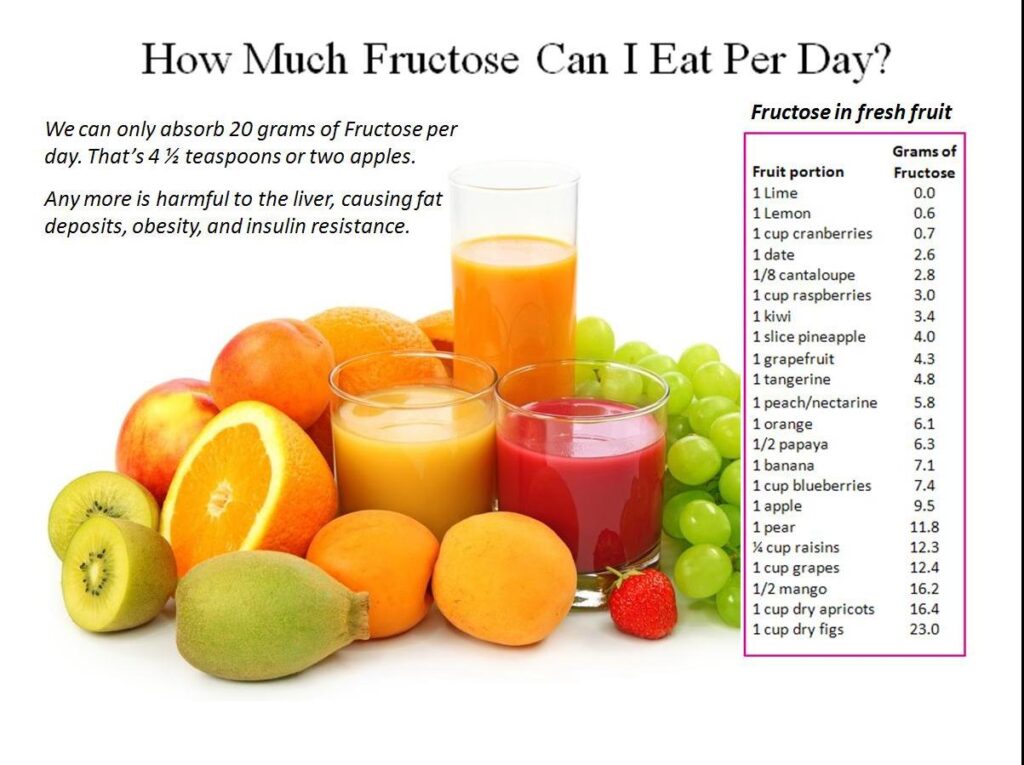
Sources:
Theodore E. Woodward Award: The Evolution of Obesity: Insights from the Mid- Miocene – http://www.ncbi.nlm.nih.gov/pmc/articles/PMC2917125/
Dr. Loren Cordain, Fruits and Sugar Content of Fruits
Redefining Metabolic Syndrome as a Fat Storage Condition Based on Studies of Comparative Physiology http://www.ncbi.nlm.nih.gov/pmc/articles/PMC3660463/
Fructose, Uricase, and the Back-to-Africa hypothesis – http://onlinelibrary.wiley.com/doi/10.1002/evan.20266/abstract
Scientific American: The Fat Gene
American Diabetes Association: Sugar, Uric Acid, and the Etiology of Diabetes and Obesity
Genetic mutation in ancient apes may be factor in obesity rates, – http://www.thedenverchannel.com/news/front-range/denver/genetic-mutation-in-ancient-apes-may-be-factor-in-obesity-rates-cu-anschutz-researcher-says
Advances in Nutrition
Fructose: It’s Alcohol Without the Buzz, by Dr. Robert H. Lustig
Dr. Mercola: Sugar May Be Bad, But This Sweetener Called Fructose Is Far More Deadly
American Journal of Clinical Nutrition: Fructose, weight gain, and the insulin resistance syndrome
Surprising Health Hazards Associated with All-Fruit Diet, by Dr. Joseph Mercola
http://cuanschutztoday.org/genetic-mutation-in-ancient-apes-makes-us-fat/




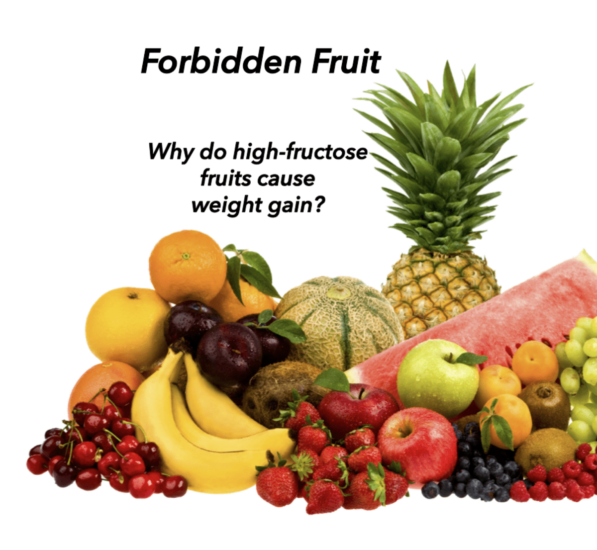

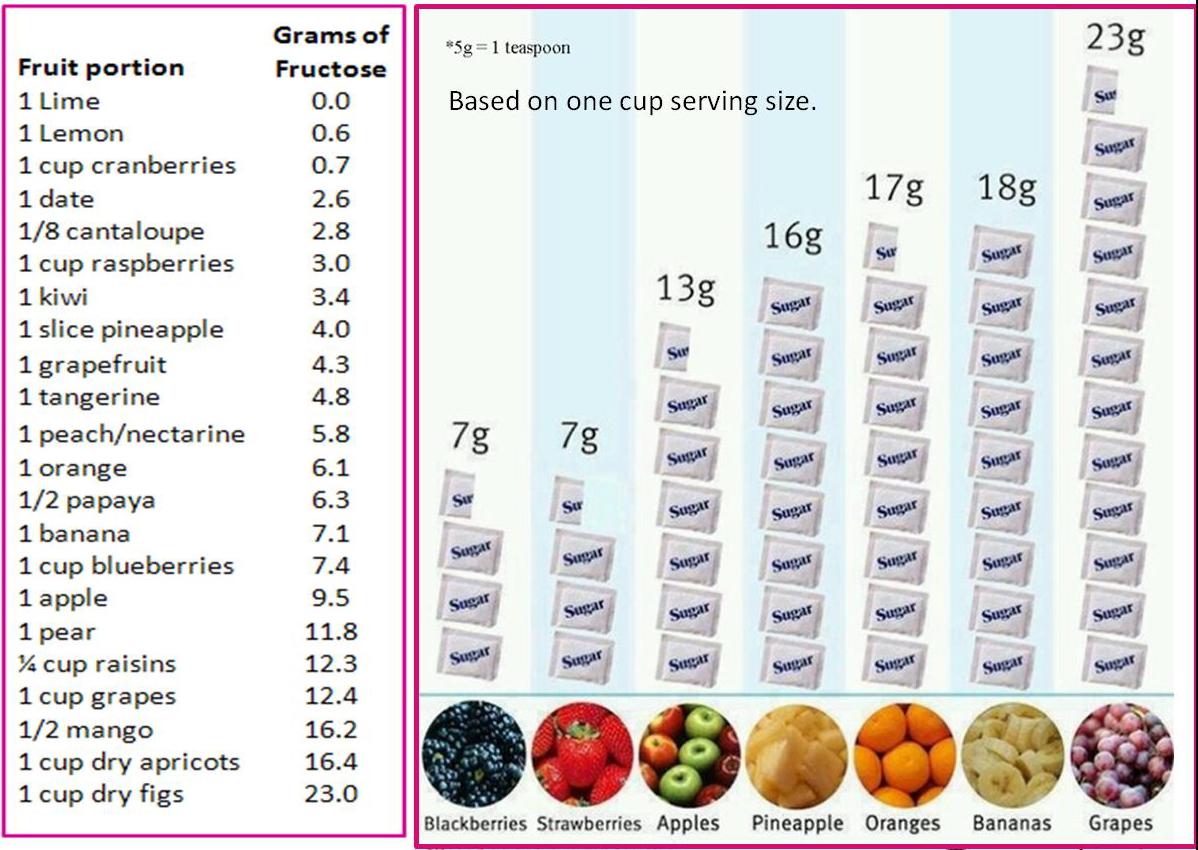
2 Replies to "High-Sugar Forbidden Fruits, Which Ones Make You Fat?"
GB July 27, 2023 (1:26 pm)
thank you jane I will not eat most apples anymore. now can you specify on “deez” .it is my favorite paleo food to eat and I want to make sure it is not contributing to any of my health complications. It isn’t very well known in the paleo food community sadly.
Jane Barthelemy August 10, 2023 (5:58 pm)
Hello GB. Thanks for your question. I’m not sure what you mean by “deez”. What food are you referring to? Jane